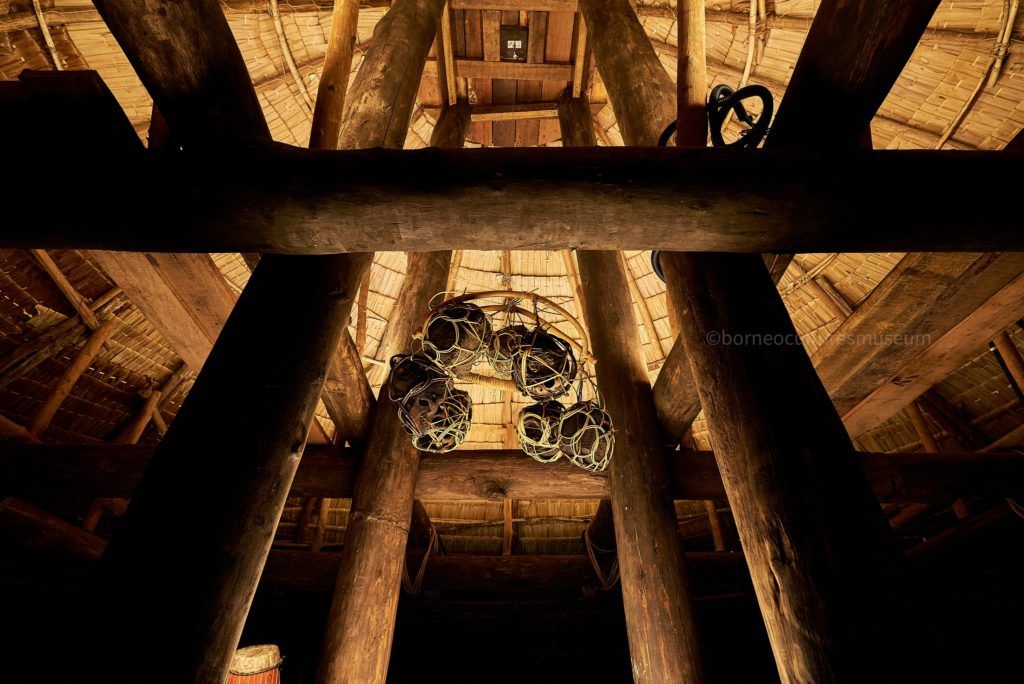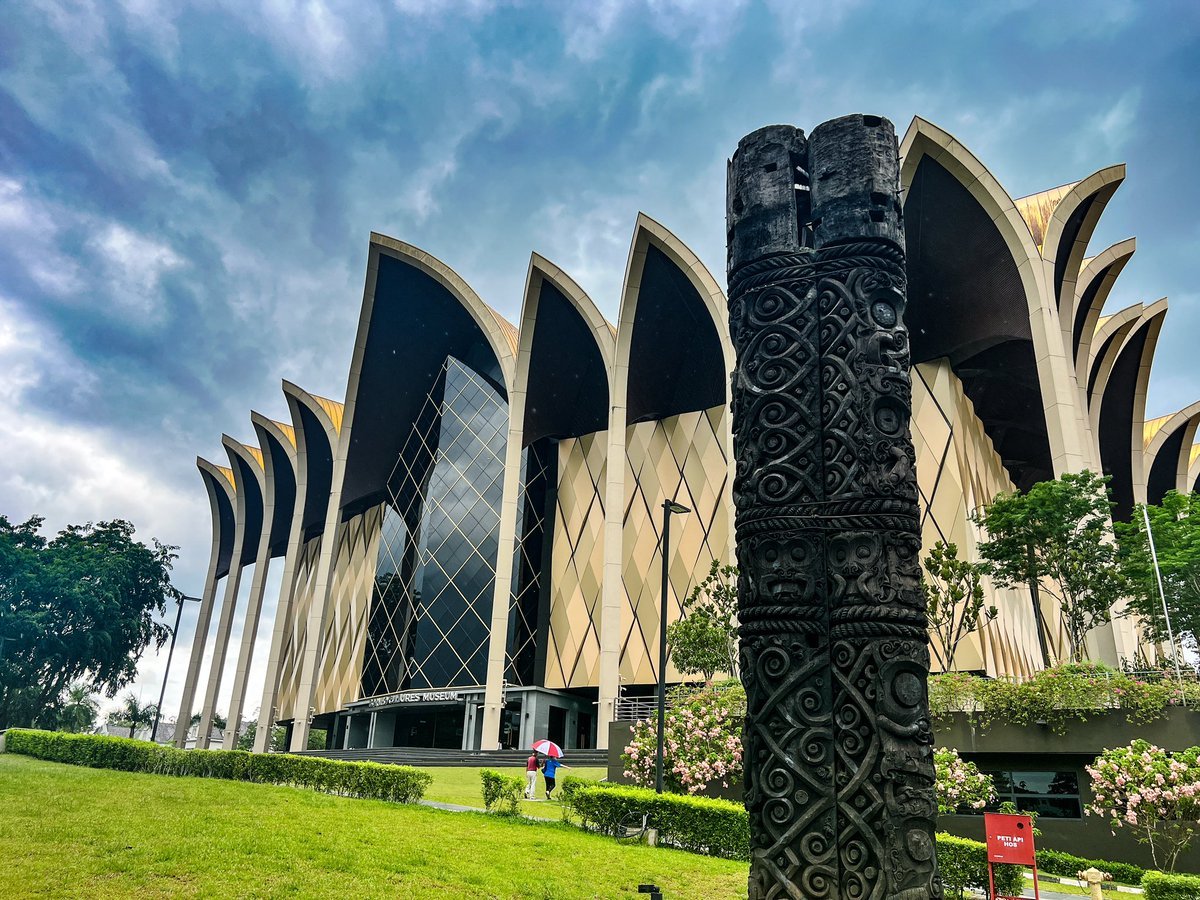Embrace Borneo's Heritage: Visit Cultures Museum
Embrace Borneo's Heritage: Visit Cultures Museum
Blog Article
Look Into the Remarkable World of Borneo's Cultural Heritage: A Comprehensive Overview to the Cultures Gallery Experience
Submersing oneself in the complex tapestry of Borneo's cultural heritage belongs to beginning on a voyage via time and practice. The fusion of aboriginal people, traditional inventions, captivating performances, and historic narratives housed within the boundaries of the island's galleries provides a glance right into a world bristling with profound traditions and dynamic custom-mades. As site visitors go across with these databases of culture, they are bid to discover a world where past and existing intermingle, inviting contemplation on the resilience and richness of Borneo's diverse heritage.
Indigenous People of Borneo
Borneo is home to over 50 aboriginal people, each with distinct cultural methods and practices that have actually been protected for generations. Amongst these people are the Iban, understood for their traditional longhouses and elaborate tattoos where multiple family members stay. The Dayak people, another noticeable team, involve in fancy spiritual events and are skilled craftsmens, crafting elaborate wood carvings and woven textiles. The Penan people, on the other hand, are nomadic hunter-gatherers with a deep connection to the rain forest, utilizing blowpipes for hunting and gathering wild plants for food.
These indigenous tribes play a crucial function in preserving Borneo's abundant social tapestry. In spite of external influences and modernization, numerous tribes remain to promote their ideas, personalizeds, and languages. Visitors to Borneo have the chance to engage themselves in the one-of-a-kind way of livings of these tribes via social trips, homestays, and community-based tourism initiatives. By engaging with these aboriginal communities, visitors can gain a much deeper gratitude for the variety and durability of Borneo's indigenous heritage.
Standard Handicrafts and Artifacts

One famous example of standard handicrafts in Borneo is the production of woven products - Borneo Cultures Museum. Proficient weavers use natural fibers like rattan, pandan, and bamboo entrusts to develop elaborate baskets, floor coverings, and devices adorned with colorful patterns that hold symbolic significances within the neighborhood
The art of woodcarving is another significant element of Borneo's standard handicrafts. Craftsmens sculpt detailed designs right into numerous types of wood to create masks, sculptures, and musical instruments that not just offer useful objectives however likewise hold cultural relevance, frequently depicting folklore or spiritual ideas.
In Addition, Borneo is renowned for its beadwork, with craftsmens meticulously crafting grains from materials like glass, seeds, and shells to produce fashion jewelry, garments decorations, and decorative items that showcase the region's vibrant aesthetic customs. These conventional handicrafts and artifacts not just function as substantial expressions of Borneo's social heritage however likewise supply insights into the neighborhoods' beliefs, worths, and way of life.

Social Performances and Festivals
With an ingrained link to their cultural traditions, the neighborhoods in Borneo come to life through straight from the source vivid cultural performances and events that celebrate their heritage. These occasions display the abundant diversity of Borneo's ethnic groups, each offering one-of-a-kind dancings, music, and routines that have been given via generations. Among the most renowned events is the Gawai Dayak, commemorated by the Dayak people to note the rice gathering period. During this festival, traditional music loads the air, elaborate dancings are executed, and fancy typical costumes are used. An additional considerable event is the Pesta Kaamatan, celebrated by the Kadazandusun neighborhood to provide thanks for the rice harvest. This event features cultural efficiencies, including the Sumazau dancing, and typical sports like the bamboo dancing. Site visitors to Borneo can immerse themselves in these celebrations, acquiring a deeper understanding of the area's cultural heritage and experiencing the warm friendliness of its individuals. Social performances and celebrations offer as a dynamic suggestion of Borneo's rich cultural tapestry and the significance of maintaining these traditions for future generations.
Historic Narratives and Artifacts
Checking out the historical narratives and artefacts of Borneo supplies a fascinating glimpse right into the area's rich past and social development. Borneo's historical tapestry is woven best site with diverse influences, mirroring the communications between indigenous tribes, Chinese investors, European colonizers, and Malay sultanates. The artefacts found in Borneo showcase this intricate background, varying from standard crafts like detailed beadwork and woodcarvings to historical prizes such as ancient ceramic and devices.
One of the most compelling facets of Borneo's historic narratives is the conservation of dental practices passed down through generations. These tales supply insights into the ideas, personalizeds, and lives of Borneo's residents throughout the centuries. The artefacts unearthed from archaeological websites offer substantial connections to these narratives, permitting visitors to witness the product culture of previous societies firsthand.
Contemporary Cultural Preservation Efforts

Additionally, curricula and cultural exchange activities play a vital function in increasing recognition regarding the value of maintaining Borneo's unique social heritage. By engaging schools, galleries, and the wider neighborhood in conversations and activities that celebrate Borneo's varied cultures, conservation efforts can obtain momentum and assistance for lasting sustainability. Cooperations in between governmental bodies, non-profit companies, and regional communities are necessary in driving these conservation endeavors onward, making certain that Borneo's rich social heritage stays vibrant and valued for generations to find.
Conclusion
Finally, the cultural heritage of Borneo is rich and diverse, with native tribes, standard inventions, social performances, celebrations, historical narratives, and modern preservation efforts all adding to its originality and importance. Visitors to Borneo's social museums can acquire a much deeper understanding and recognition of the region's social heritage, allowing for a much more immersive and informing experience.
Immersing oneself in the elaborate tapestry of Borneo's cultural heritage is comparable to beginning on a voyage with time and custom.With an ingrained link to their cultural customs, the areas in Borneo come to life via dynamic social performances and festivals that celebrate their heritage. Cultural efficiencies and events serve as a vibrant tip of Borneo's abundant social tapestry and the significance of preserving these customs for future generations.
In addition, instructional programs and cultural exchange activities play a crucial duty in raising understanding concerning the importance of maintaining Borneo's distinct cultural heritage. Cooperations between governmental bodies, non-profit companies, and neighborhood areas are important in driving these conservation endeavors onward, making certain that Borneo's abundant cultural heritage stays dynamic and cherished for generations to come.
Report this page